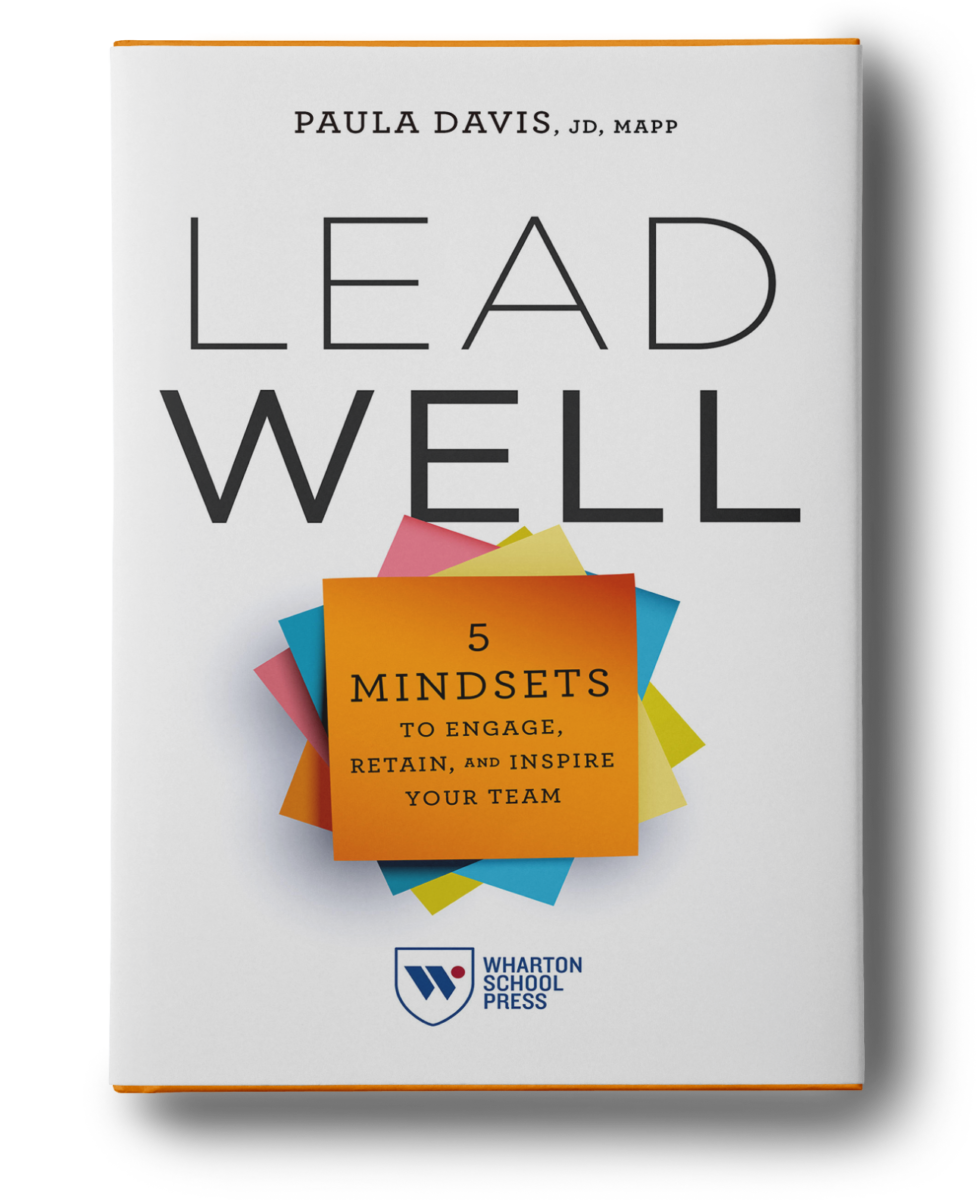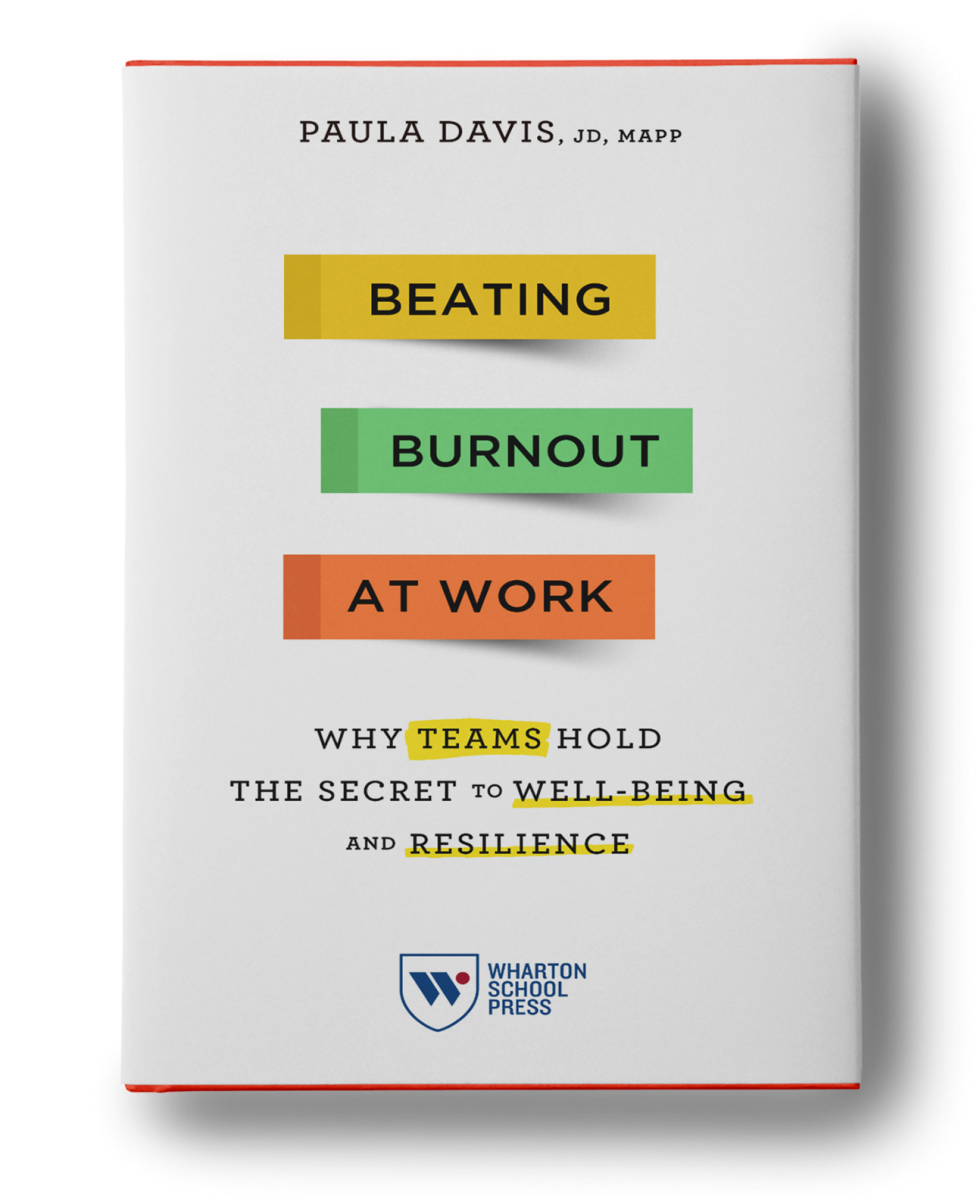Manage stress and build your family’s resilience with these skills.
It’s an understatement to say that life these days is a bit hectic. Many adults work extended schedules and carry work pressures home with them each night, while kids are over-scheduled and buried in homework. Twenty-first century families face different challenges than families just a few decades ago, which makes building resilience even more important. Resilience is a critical life skill for kids and parents alike, and fortunately, it can be learned. Here are seven ways to build your family’s resilience:
1. Shut down catastrophic thinking. If you’re the parent of a teenager, you have likely observed this thinking style, but adults catastrophize too. It’s a downward spiral style of thinking that leaves you unable to take purposeful action. Your seventeen year old might break up with her boyfriend and think her world is over. As a parent, you might turn around in a store and notice your seven year old isn’t standing next to you. Both result in anxiety, even panic; but, not being able to take purposeful action to find a solution makes this style of thinking particularly worrisome. If you’re interested, please email me, and I’ll be happy to send you a short worksheet with instructions on how to get a handle on this style of thinking.
2. Create a strengths family tree. Identifying your family’s strengths is a great self-awareness tool and a wonderful opportunity to talk to your kids about leveraging what they do well. Anyone age 10 or older may take the VIA Inventory of Strengths or its companion test for kids at . If you or your kids are facing a challenge, have a discussion about how you can leverage your strengths to figure out solutions.
3. Grab the good stuff. Thanks to the negativity bias, human beings are predisposed to notice and remember the bad stuff that happens during the day. Positive interactions abound, but you often fail to remember them. At the end of each day, ask each other to name several good things that happened during the day, and why that good thing was important. This exercise only takes a few minutes, but studies show that those who make this activity a regular habit experience increased levels of happiness and optimism (Seligman, et al., 2005).
4. Encourage positive risks and discuss the lessons learned from failing. When I was in middle school, I participated in the district-wide annual music contest. I played the clarinet and practiced like crazy for my solo. The time came for my performance, and the room was packed. As I started my piece, nothing but air came out of my clarinet, then awful noises that sounded like a flock of geese. I realized in an instant that my reed was cracked, and I didn’t have a spare with me. I was completely mortified and embarrassed, but my dad and my band teacher helped me craft a plan to fix the situation. We drove to the grade school, I got some new reeds, and we returned to the competition. Later that day, the judge allowed me to replay my piece, and I received a gold medal.
More importantly, I received a handshake from the judge and congratulations for having the courage to return. I often reflect on that experience, because I’ve had bigger challenges in my life since that day; however, that experience gave me a blueprint plus the confidence for figuring out those bigger life challenges. What would have happened if the judge would have taken pity on me and awarded me a medal simply for trying? What would have happened if my band instructor blew up at the judge? What would have happened if my parents had decided to sue the school for causing me emotional distress? Who knows, but I wouldn’t have ended that day knowing I could forge my way through a challenge. By giving every kid an “A,” and saying every kid makes the team, we’re robbing our kids of the ability to figure out how to get out of a challenge by studying harder, preparing differently, or by practicing more. A hallmark of resilience is being able to pick yourself up and course correct when the going gets tough.
5. Rejuvenate regularly. Positive emotion is a key component of resilience (Cohn et al., 2009). Being able to generate positive emotion through laughing together, doing physical activities, going to the spa, playing board games and more will build your resilience as a family. Even though time is in short supply for many busy parents and kids, model the importance of taking time out to rejuvenate. You can’t be there for your family if your tank is always on empty.
6. Be there for each other when things go right. Study after study shows that building strong social connections builds not only resilience, but happiness. Shelly Gable’s research shows that how you respond to a person’s good news actually does more for building a relationship than how you respond to bad news. This applies across the board from personal relationships to business interactions. Responding in an active and constructive way; that is, helping the bearer of good news savor it, is the only response that builds good relationships. Killing the conversation by offering a terse response or hijacking the conversation by making it about you are quick ways to weaken a relationship (Gable, Gonzaga, & Strachman, 2006). Encourage your kids to start practicing active constructive responding not only with family members, but also with their friends.
7. Allow family members to replicate successes. Dr. Carol Dweck has researched for decades what she calls a fixed and growth mindsets. Often times when things go well, you tell your kids “great job,” or “you must be really smart.” While nice, it doesn’t help your kids replicate their success. According to Dweck, when you notice someone doing something well, name the specific strategy, skill, and effort that led to the good outcome. Notice the difference between, “Wow, the way you sprinted down the middle of the field, blocked the defender, and kicked the ball to the right side of goal was amazing,” and “You’re such a great athlete” (Dweck, 2008).
Families go through their share of challenges over the years. Why not take the opportunity to build your resilience coat of armor early on in order to maximize the likelihood that you’ll grow and thrive through not only big, but also daily, life stressors?
Want to know more? Download my free “Is It Stress or Is It Burnout” strategy guide here. You can also learn about my speaking and training programs here.
References
Cohn, M.A. et al. (2009). Happiness unpacked: Positive emotions increase life satisfaction by building resilience. Emotion, 9(3), 361-368.
Dweck, C. (2008). Mindset: The new psychology of success. New York: Ballantine Books.
Gable, S.L., Gonzaga, G.C., & Strachman, A. (2006). Will you be there for me when things go right? Supportive responses to positive event disclosures. Journal of Personality and Social Psychology, 91(5), 904-917.
Reivich, K., & Shatté, A. (2002). The resilience factor: 7 keys to finding your inner strength and overcoming life’s hurdles. New York: Broadway Books.
Seligman, M.E.P., Steen, T.A., Park, N., & Peterson, C. (2005). Positive psychology progress: Empirical validation of interventions. American Psychologist, July-August, 410-421.]]>







